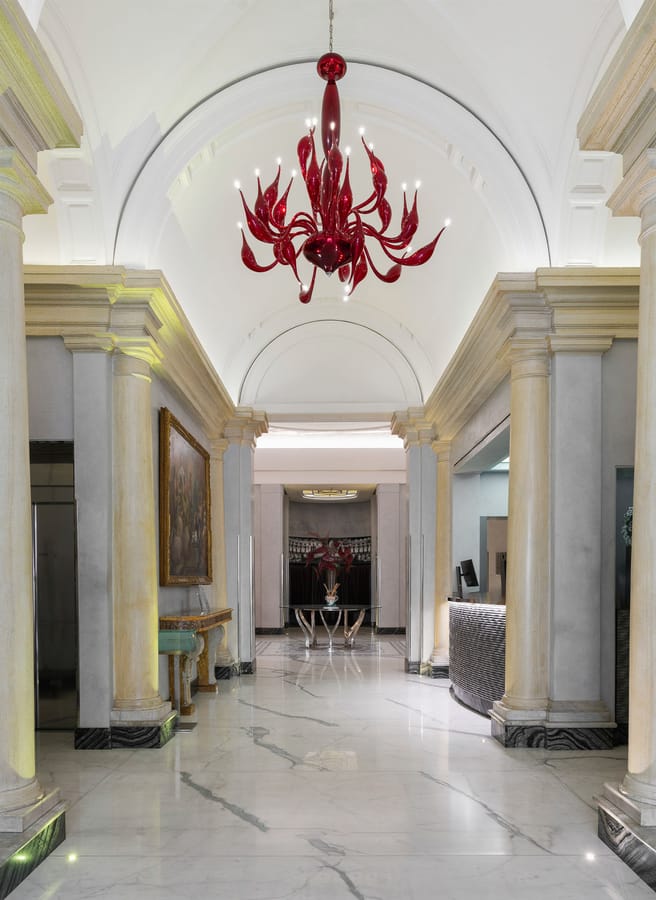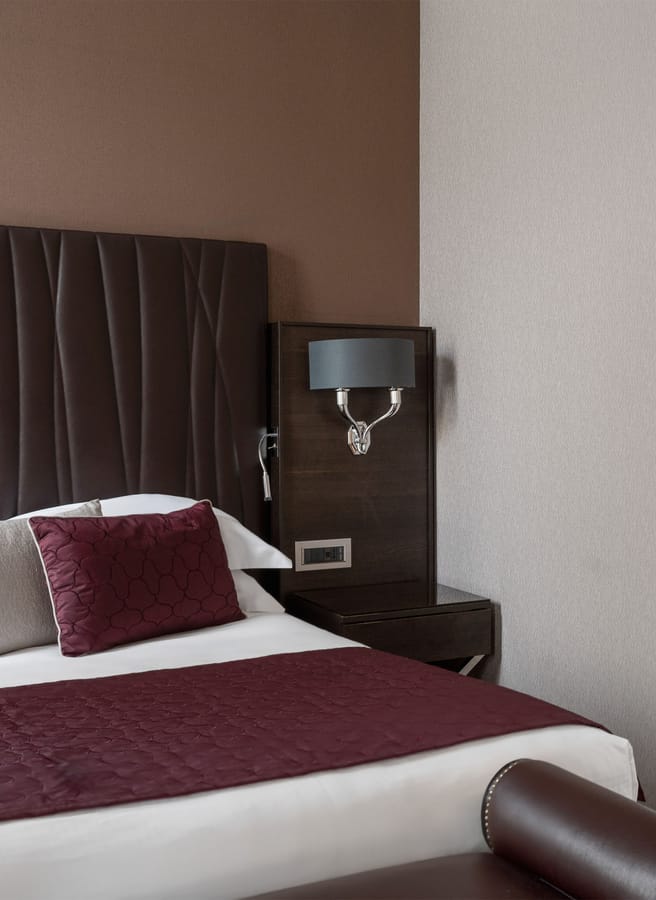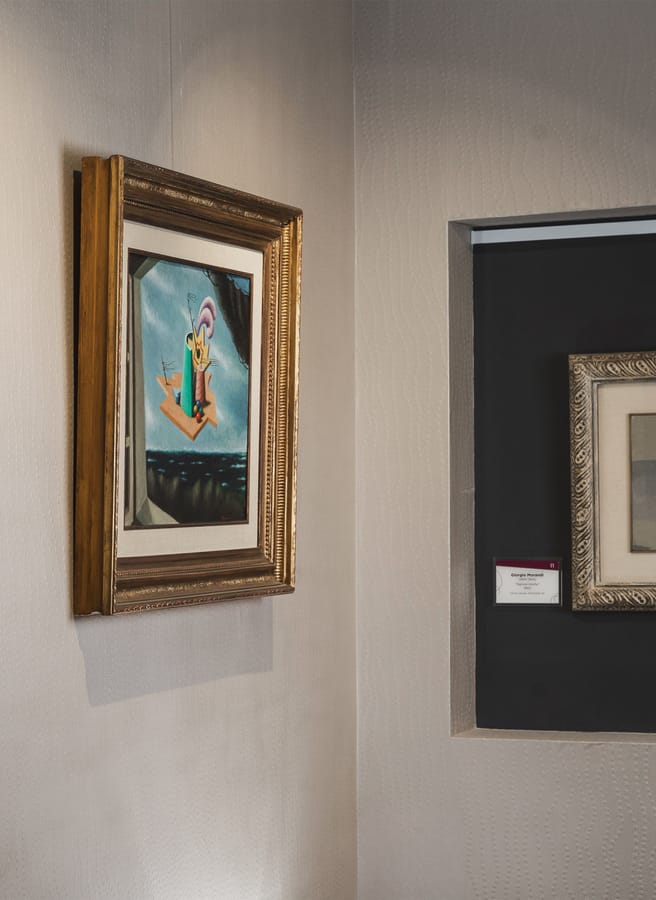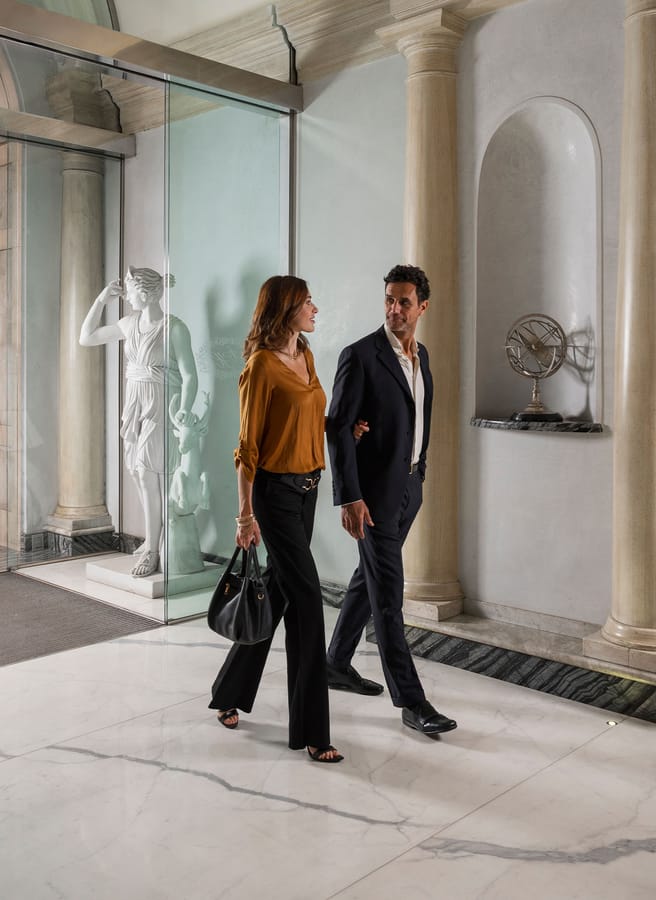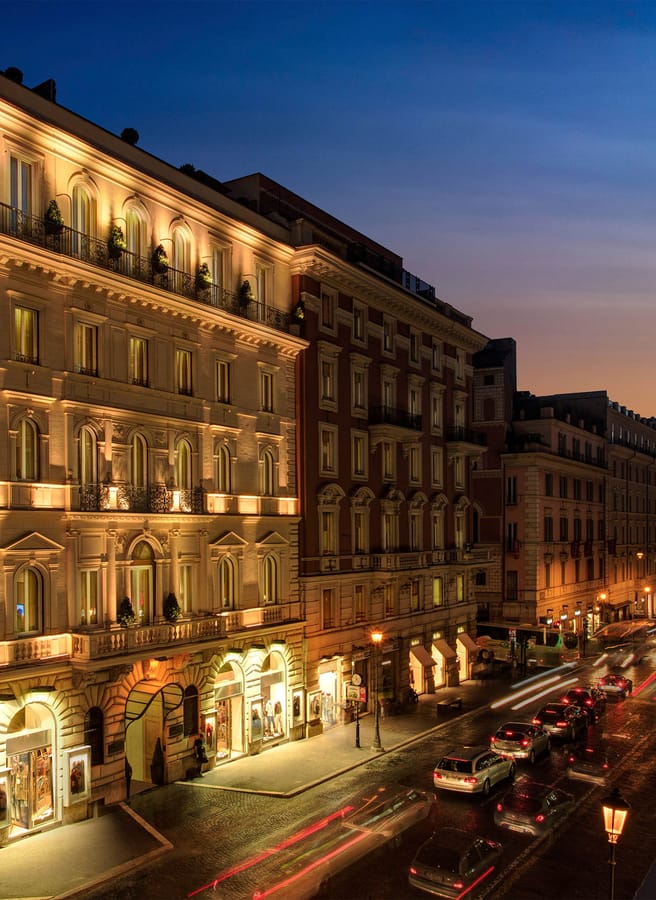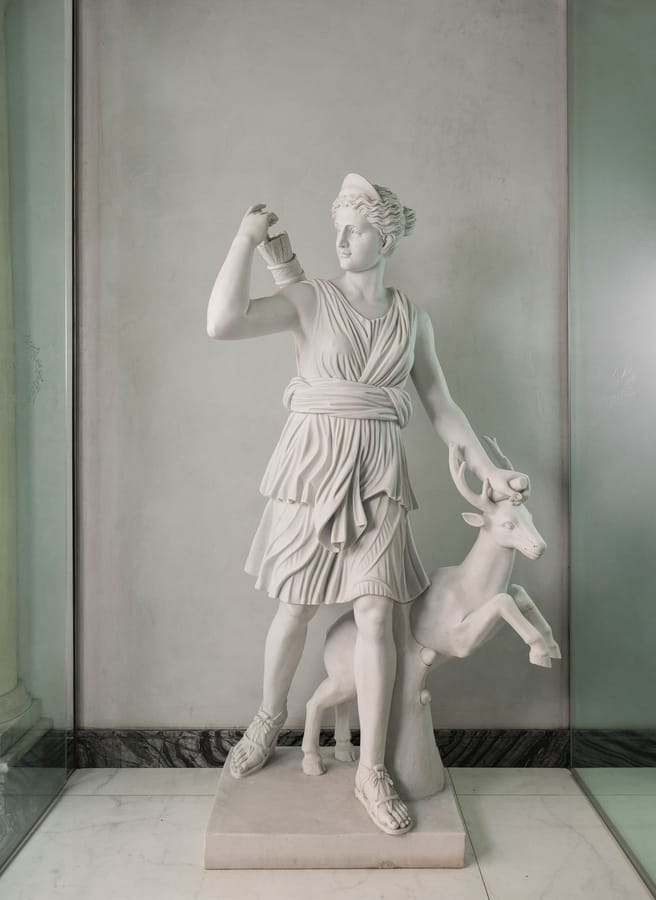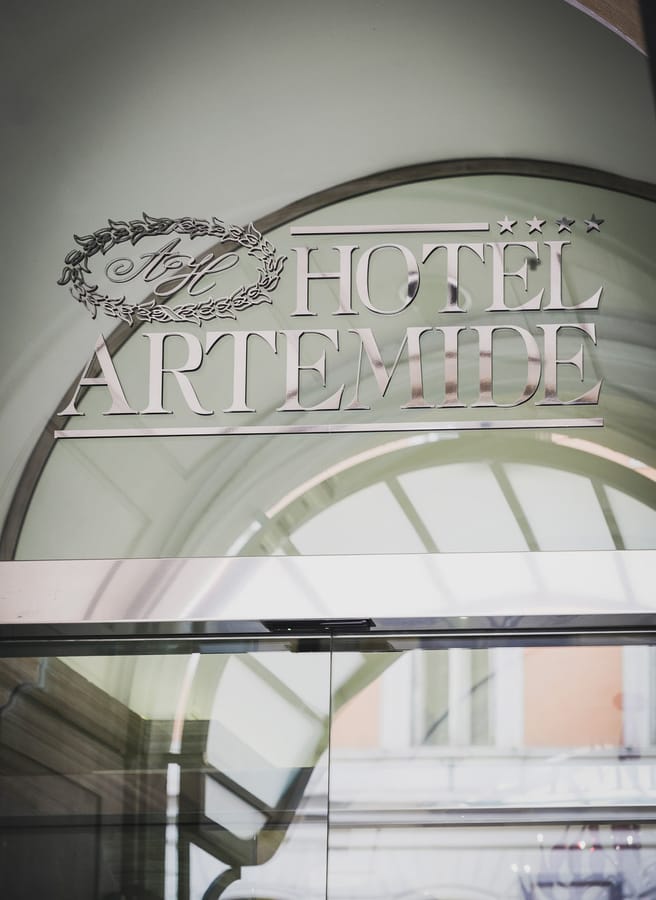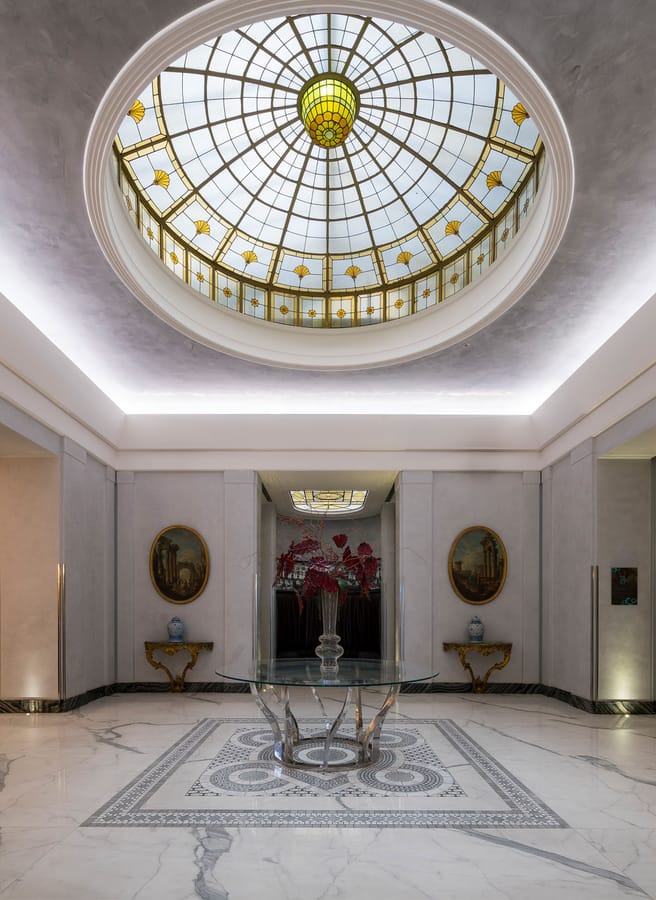Book your memorable stay
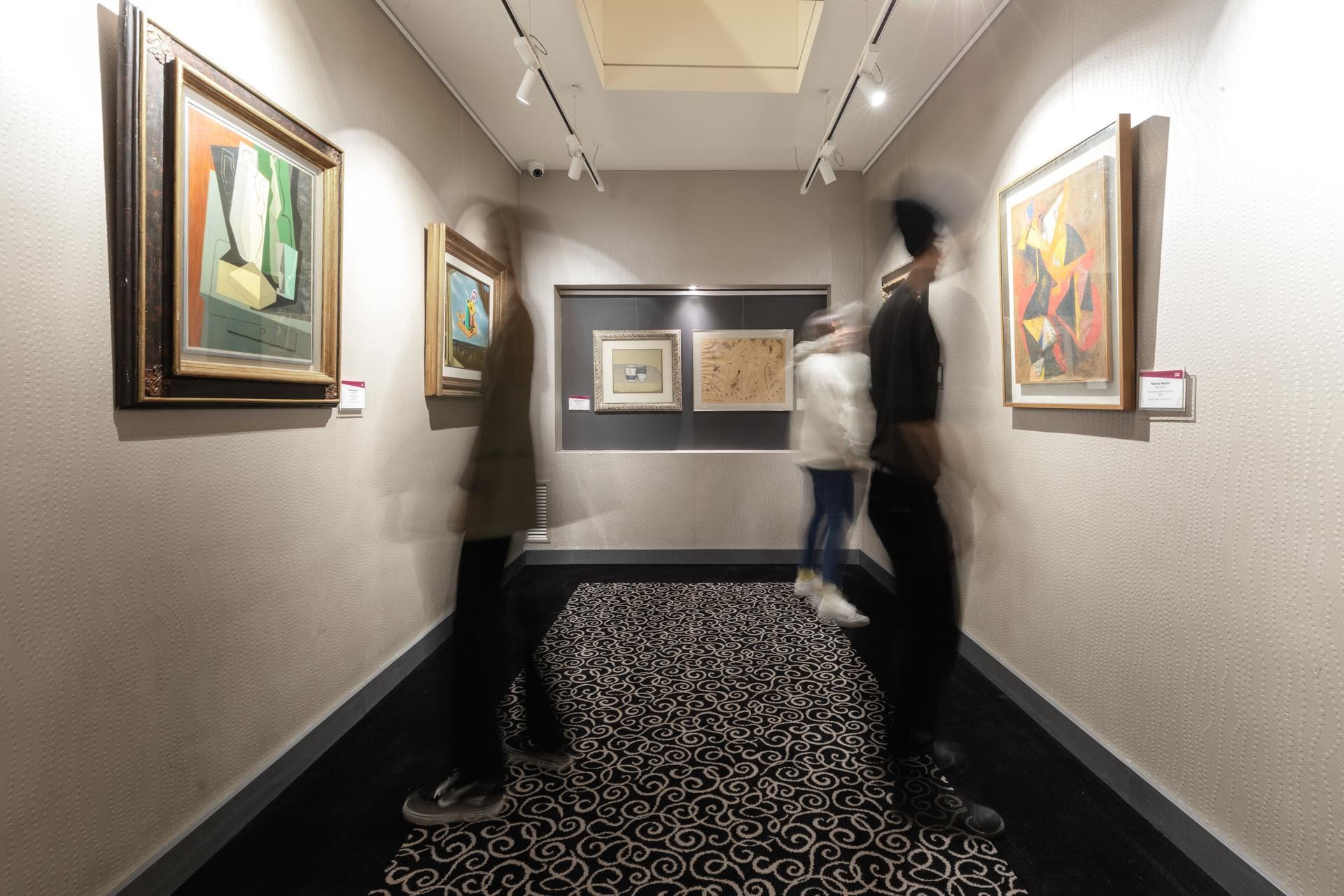
The ART-emide collection
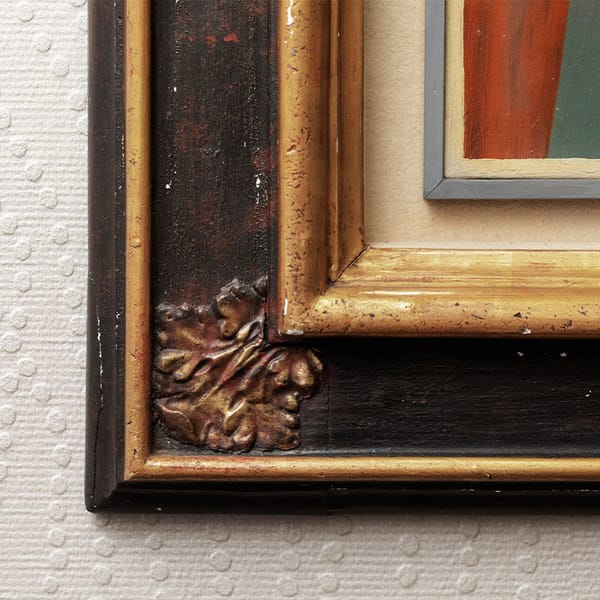
Hotel Artemide is much more than a boutique hotel in Rome. It is a place where visitors can enjoy the thrill and excitement of out-of-the-ordinary experiences. Like the opportunity to tour a private art collection belonging to our founder Eng. Alberto Ginobbi, showcased within the hotel itself.
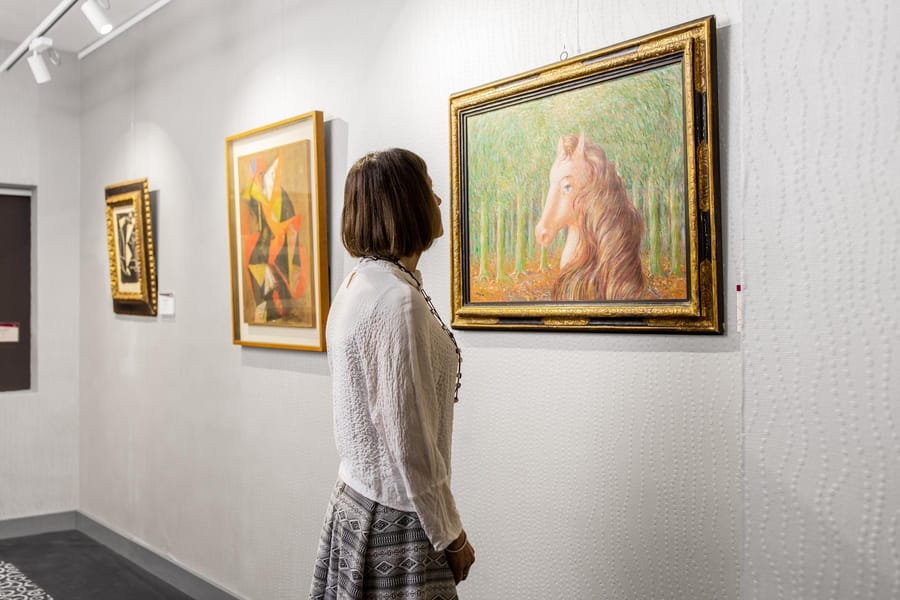
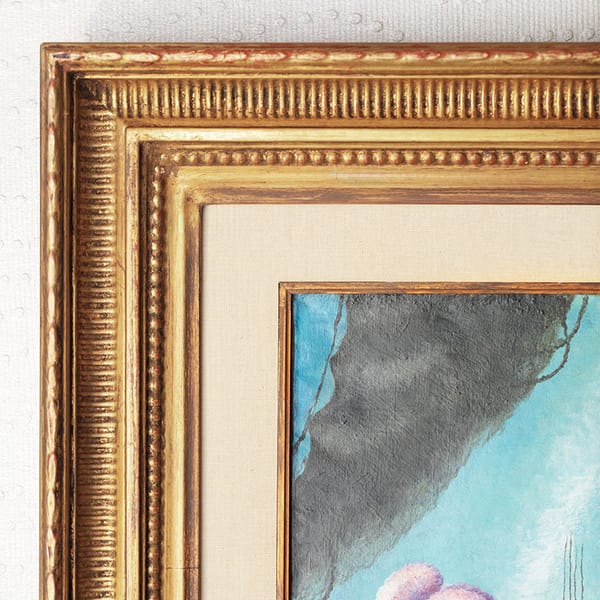
A fascinating gateway to twentieth-century art, with works attributable to some of the most influential European movements: from Futurism to Metaphysics, Surrealism, and gestural and informal painting. The ART-emide collection includes some of the most inspired works by the likes of Magritte, Balla, Severini, and De Chirico, and concludes with a series of works that follow the evolution of the Italian post-World War II painting scene.
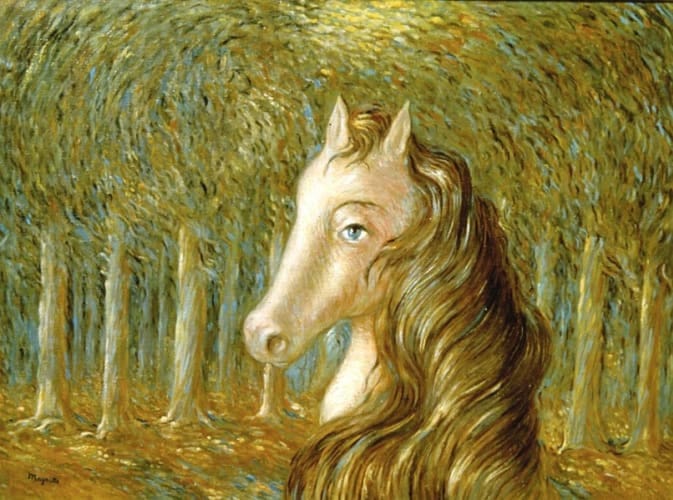
René Magritte, 1944
René Magritte’s painting "Le Météore" is from the artist's "sunny" period, between 1943 and 1947. An artistic phase inspired by Renoir and the Impressionists.
The work exhibited belongs to a series of grotesque portraits depicting strange and unusual subjects, in a kind of fairy-tale reinterpretation of the joyful atmospheres typically painted by Renoir. The painting technique utilized consists of broad, visible brushstrokes, and is clearly influenced by Impressionist stylistic features.
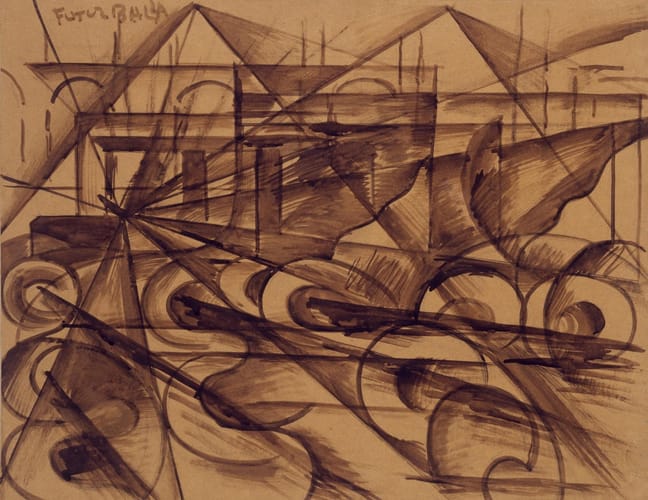
Giacomo Balla, 1913
This masterpiece is part of the artist’s famous series of paintings and studies of the same name, entitled Velocità dell’automobile ("Speed of the Automobile"). It is considered one of Balla’s most iconic series, and a pillar of the Futurist movement. The automobile here is the symbol of the progressive spirit and suggests dynamism and an exaltation of modernity.
In the version displayed at the hotel, the subject is sketched in pencil on paper. The representation of speed comes from the superimposition of broken lines, indicating movement in space and the fragmentation of time into instants.
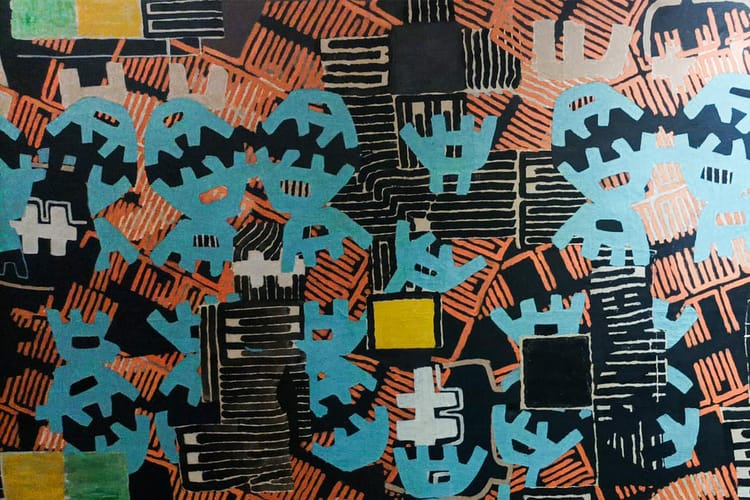
Giuseppe Capogrossi, 1959
This remarkable canvas by Capogrossi is attributable to his period of artistic maturity. Up until the late 1940s, the artist had focused on figurative and tonal painting, then immersed himself in the Art Informel movement.
Capogrossi’s abstractionism is distinguished by the repetition of the trident symbol within the space of the canvas, giving the impression of a phenomenon. The artist explores the pictorial surface, multiplying the symbol and creating an ever-changing rhythm, as if illustrating the letters of a secret alphabet, or the notes of a musical composition.
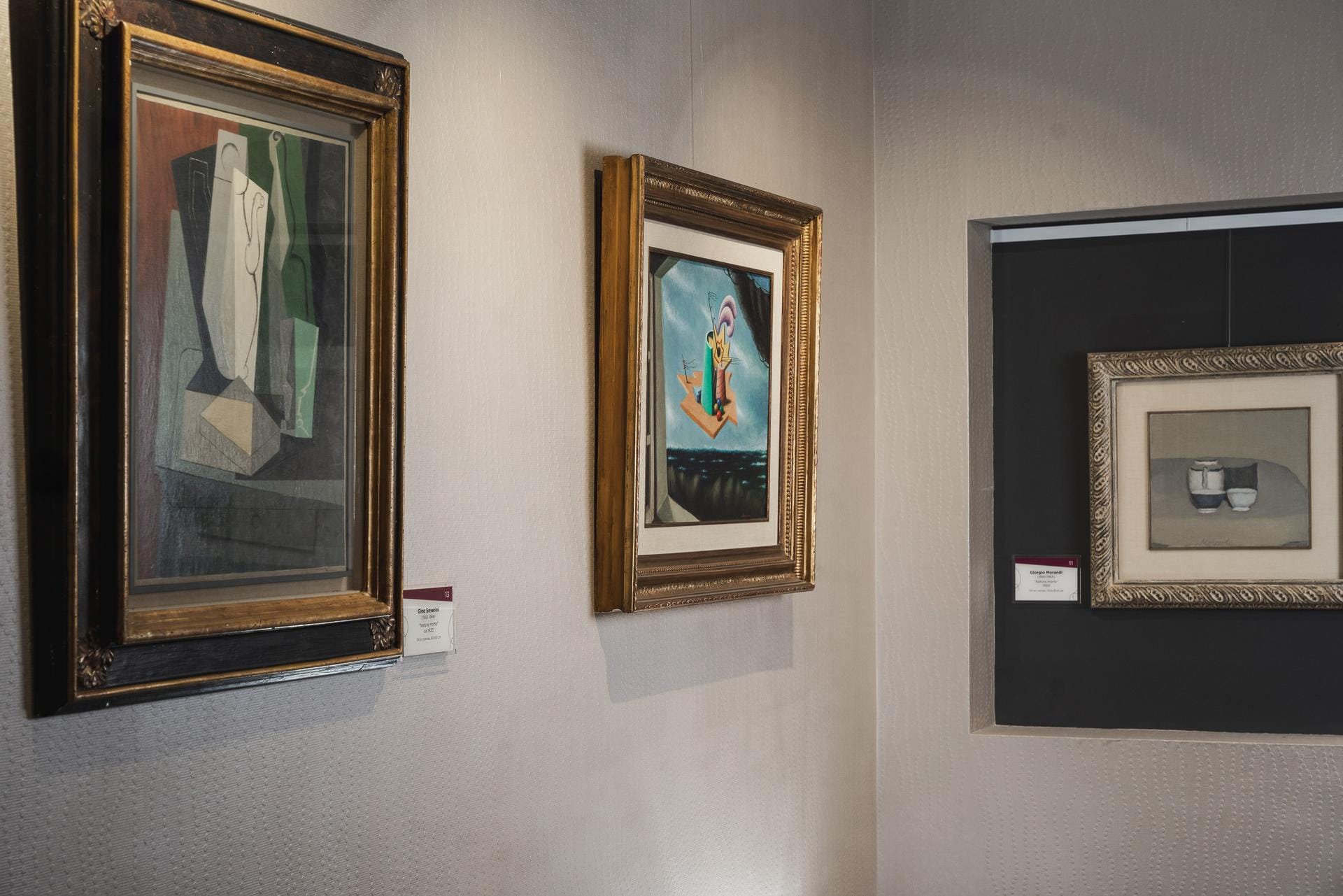
The ART-emide collection can be toured daily from 5 pm to 9 pm, with an admission fee of € 10 per person.
Guests of the Hotel Artemide, the Artemís Spa, and the Ambrosia Rooftop Restaurant & Bar enjoy complimentary access.
